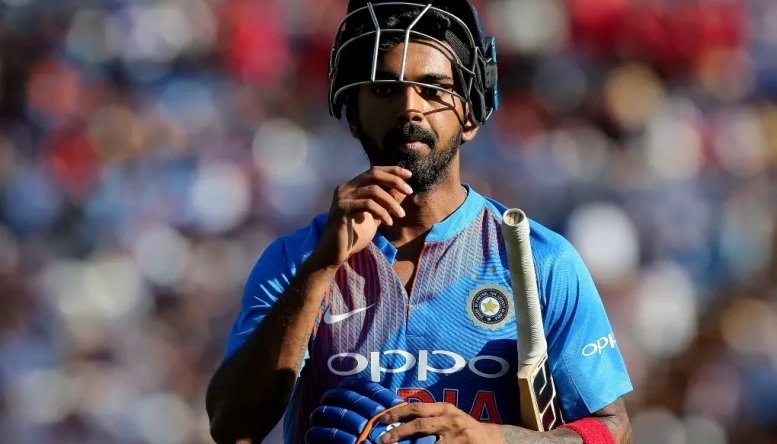Cricket News: Lessons India can learn from its T20 World Cup humiliation
An old saying in sports says you learn more in defeat than you do in victory. In that sense, it is safe to say that the Indian cricket team has a lot to learn after their latest humiliation in an ICC tournament
 Aggressive start is anticipated from Indian openers
Aggressive start is anticipated from Indian openersIndia’s defeat at the hands of England in the semi-finals of the T20 World Cup 2022, which saw them lose by a whopping ten wickets, had lessons aplenty for not just the players but also the team management and the board too.
Here we look at four significant lessons the team should take from their loss in the tournament.
Batters must show early intent – One of India’s biggest undoing in the tournament was the slow starts their batters gave them. It isn’t limited to openers Rohit Sharma and KL Rahul either; even Virat Kohli and Hardik Pandya played slowly.
Only Suryakumar Yadav played aggressively from the off, making the bowlers change their plans against him. It’s not necessary to hit every ball for a six, but scoring intent needs to be there from the get-go, or the team will struggle.
Left-handers a must in the line-up – One of India’s most significant failings in the batting line-up was not keeping a single left-hander in the top order. India’s one-dimensional batting, in terms of the preferred hand of the batter, made things much easier for the opposition.
Axar Patel barely got a chance to bat, whereas Rishabh Pant didn’t get a game until much later in the tournament. Most other teams had at least 2-3 southpaws in their line-ups. India chose just one to start with, and he, too, batted at number 7. That cannot happen in the future, especially if India wants to be successful in big tournaments.
Leg spinners are indispensable now: Modern-day pitches, especially in white-ball cricket, won’t offer much assistance to bowlers. It is essential to include wrist spinners, which naturally generate more spin and bounce and will therefore be more attacking in how they play the game.
Yet India, in their infinite wisdom, benched a genuine wicket-taking leg spinner in Yuzvendra Chahal and played with two-finger spinners in Axar Patel and Ravichandran Ashwin. It’s a decision that makes even less sense considering that every team that made it to the semis had a leg-spinner to lead the charge.
So are express pacers – The other criticism of India’s bowling was that it was pretty one-dimensional. None of the bowlers bowled briskly and only relied on some swing and seam movement to get them wickets at the start. However, when the conditions weren’t helpful, they struggled.
It could have been a different story if India had at least one express pace bowler in their team, someone who could regularly breach the 150 km/h mark. However, they did not – and nowhere did this hurt them more than in that semi-final against England, where Alex Hales and Jos Buttler dismantled their one-dimensional bowling attack.
Editor's Picks
- 01
Brendon McCullum: England ready to be 'really brave' in team selection for India series
- 02
Diogo Jota inspires Liverpool surge as injuries fail to dampen Premier League lead
- 03
Cameron Norrie ready to go toe-to-toe with the big boys after stellar Australian Open run
- 04
Maxwel Cornet confident of scoring run after opening West Ham account